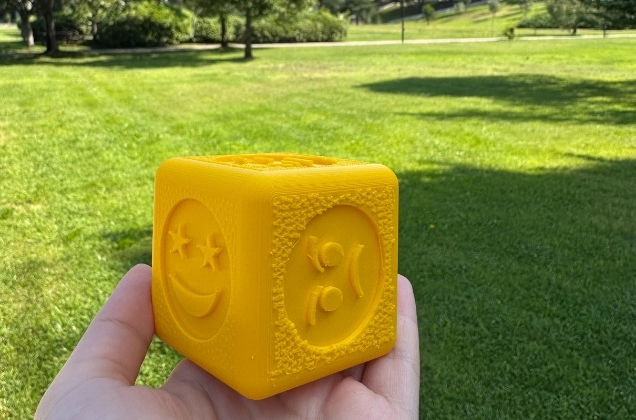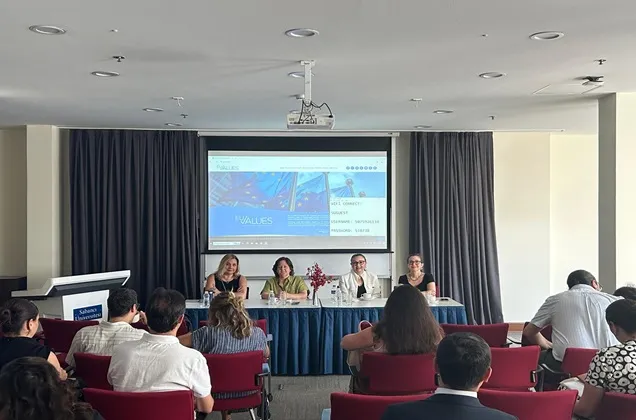09/07/2025
As part of the Civic Involvement Projects (CIP), Sabancı University students who served as team leaders in the 2025 Spring Semester designed a 3D emotion dice to support the emotion recognition and expression skills of children with autism. The designed toy was produced at Sabancı University Collaboration Space (CoSpace).

The Civic Involvement Projects course (CIP 101) has been conducted at Sabancı University since 1999 and is a compulsory course that all students must complete in order to graduate. As part of this course, students take active roles in various social benefit-oriented projects as team leaders.
As part of the Civic Involvement Projects (CIP), university students who served as team leaders in the 2025 Spring Semester developed a toy to be used in studies conducted with children with autism. CIP graduate and autism expert psychologist Begüm Kobanbay also contributed to the studies as an advisor. The students designed a 3D emotion dice to support the emotion recognition and expression skills of children with autism. The designed toy was produced at Sabancı University Collaboration Space (CoSpace).
This project brings together inspiration from international good practice and expert support. The project manager and advisor shared their thoughts on the project as follows:
Birsen Beril Bildirici - Sabancı University student: "In an international workshop I attended, it was mentioned that toys were developed for children with spinal cord paralysis and that these toys were used in studies carried out with children. Inspired by this experience, we came up with the idea of developing a toy that could be played with by children with autism, within the scope of CIP. Our aim was to carry out a project that would both support interaction and be sustainable."
Expert Psychologist Begüm Kobanbay: "For children on the autism spectrum, the process of recognizing and expressing both their own emotions and the emotions of others often requires special effort. Many studies in this field offer various methods for children to understand and express emotions. While two-dimensional visuals support this process, the inclusion of three-dimensional objects in the process takes the child from the position of a spectator to the position of an active participant. The 3D emotion dice we developed aims to achieve exactly this."
This process both provided a creative design process focused on social benefit and contributed to students deepening their knowledge and awareness of autism. The toy produced will be actively used in projects and activities carried out with autistic children within the scope of CIP.





